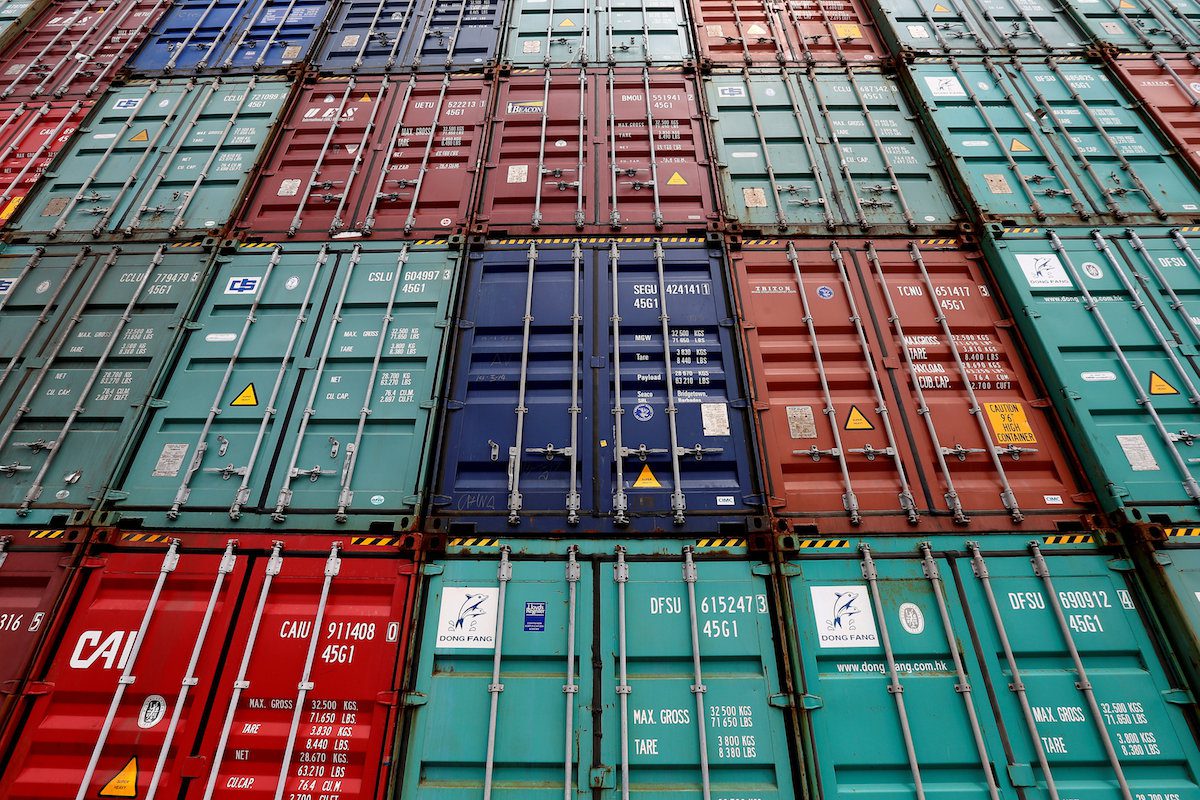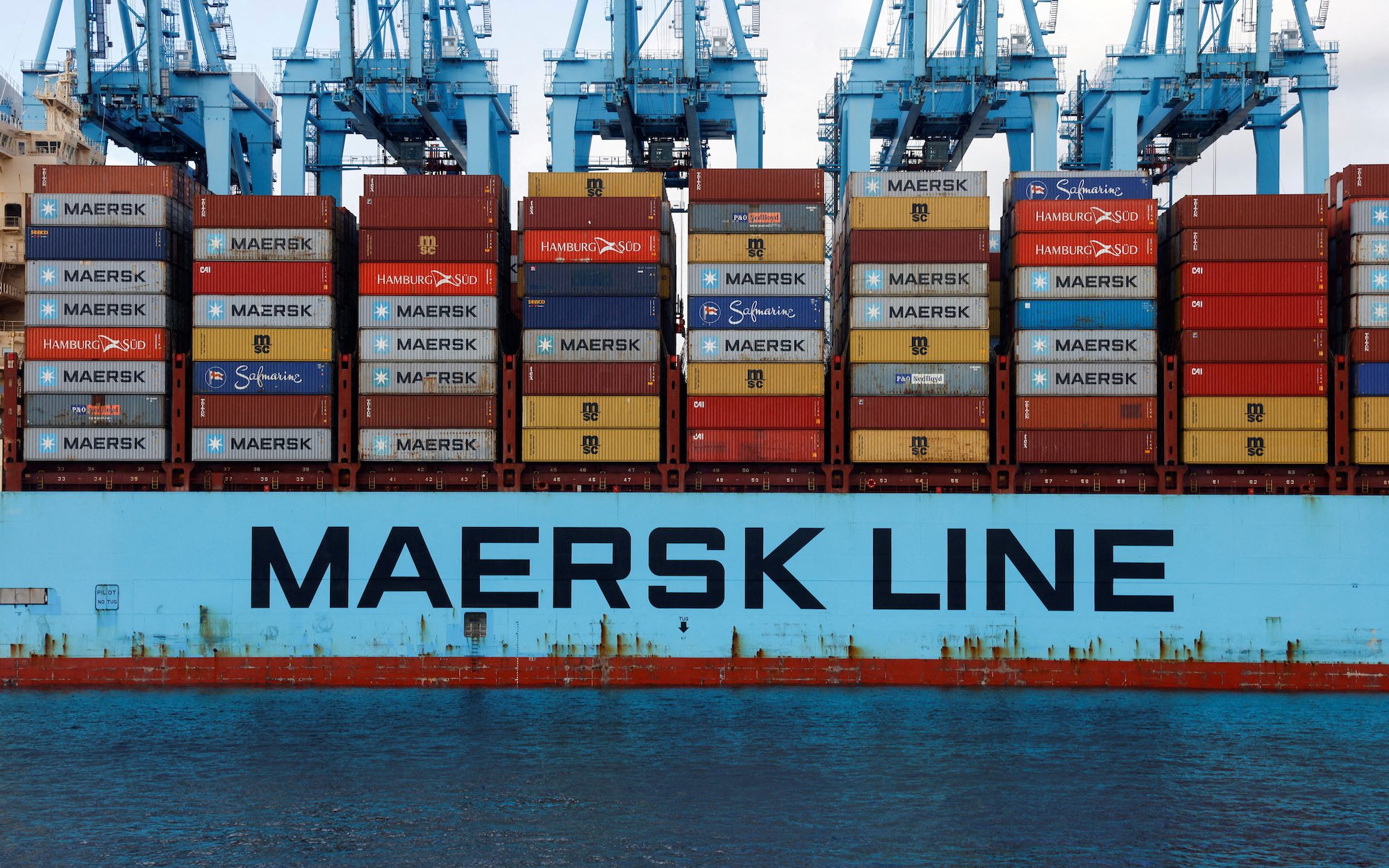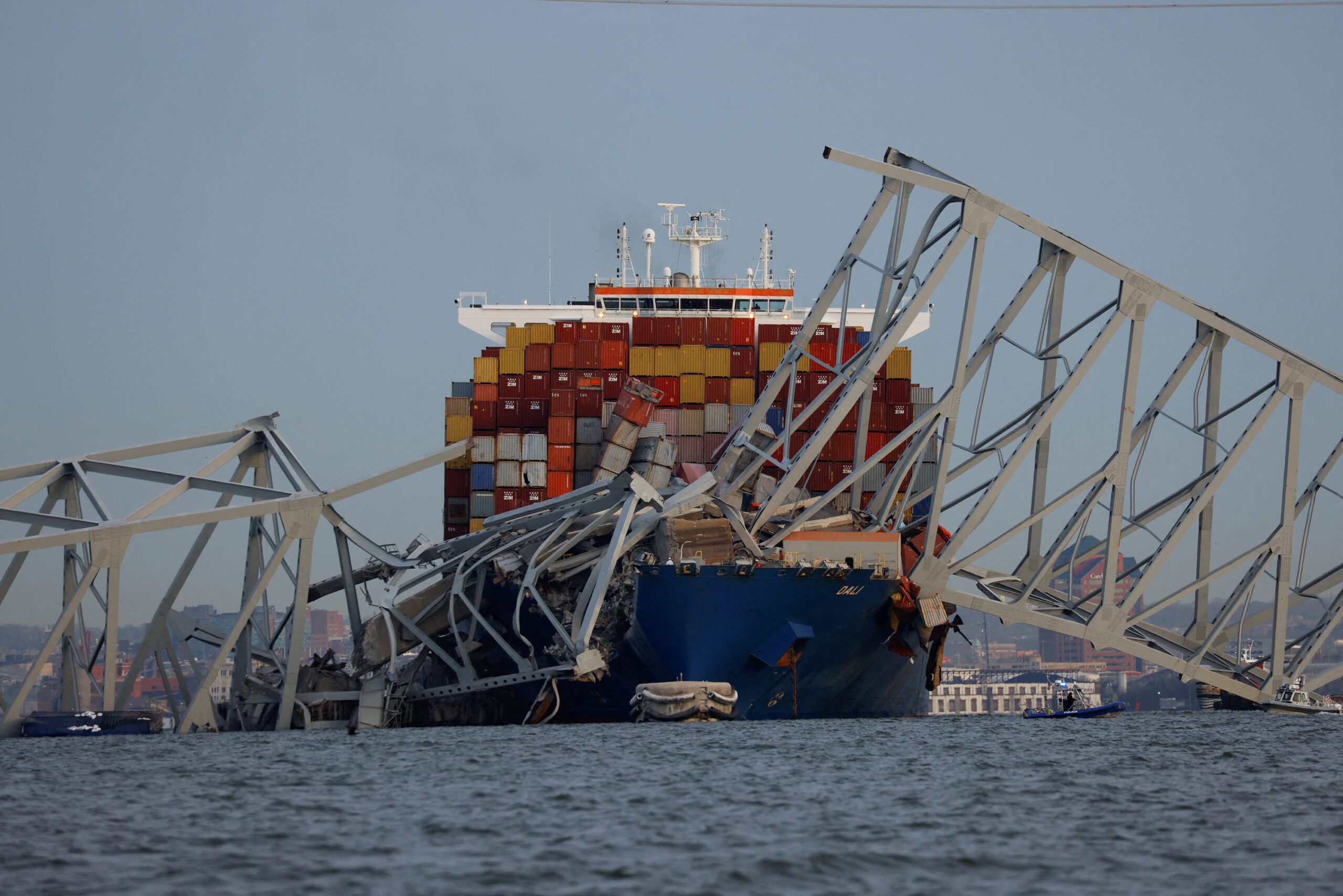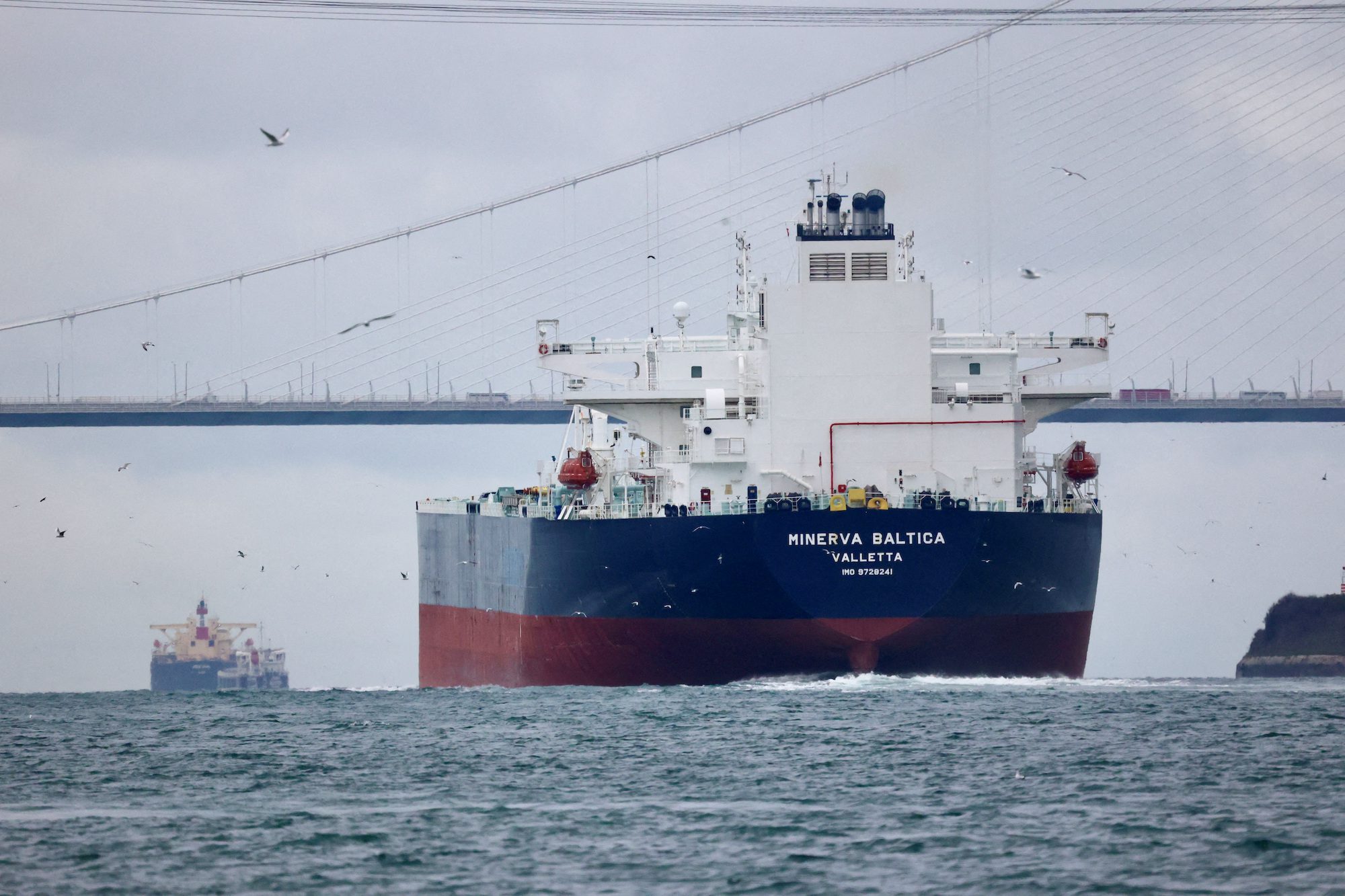REUTERS/Carlo Allegri/File Photo
By Mike Wackett (The Loadstar) – Ultra-large container vessels (ULCVs) being phased onto the Asia-Mediterranean container trade are likely to put freight rates under renewed pressure in the final three months of the year, according to Drewry.
The consultant estimates that by the start of the fourth quarter, six ships of 5,000-9,000 teu will have been replaced by six of 14,000 teu, cascaded from the Asia-North Europe route.
Drewry calculated this would see net capacity increase by around 1%, potentially reducing load factors in the traditionally weak final quarter, adding: “Until then prices are expected to remain firm.”
As on the Asia-North Europe trade, ocean carriers have managed their capacity more judiciously since the start of the new alliance structures in April. This includes three blanked sailings in May and two in June.
And in a similar fashion to the bigger trade, anecdotal reports suggest that there is a distinct lack of appetite from Asia-Mediterranean carriers for a return of the rate wars that badly damaged their balance sheets last year.
Drewry’s supply and demand calculation for May suggested westbound demand was at 506,000 teu versus supply at 567,000 teu.
“With carriers able to sustain westbound load factors on or around 90% from March to May, spot rates have trended upwards,” said Drewry. It added that based on revised data from Container Trade Statistics (CTS), the “trade is doing much better than previously thought to be the case”.
According to CTS, the growth in head-haul traffic in the first quarter came in at 5.6%, and for April and May the growth increased year-on-year by 6.9%.
In percentage terms, the distribution between the western and eastern regions over the first five months of the year shows eastern Mediterranean ports with a y-o-y increase of 8.9%, compared with a 4.9% rise for the western sector.
“Predicting traffic flows into the Mediterranean is complicated by the mixed political and economic undercurrents in the region,” said Drewry.
Of the developed economies, Spain for example has “thrown off the shackles of recession with a vengeance”, said Drewry, while it suggested Italy and Greece had “struggled” and “continue to struggle”.
In the smaller Mediterranean countries, Slovenia and the Ukraine have seen strong growth, which helped offset lost volumes from the war-torn territories of Syria and Libya, which Drewry said had “simply disappeared into a black hole”.
Last week, Drewry’s World Container Index reported spot rates from Shanghai to Genoa at $1,780 per 40ft which, it noted, was “still down on the early January peak of $2,150 per 40ft, but broadly the same as at the same stage last year”.
And on Friday, the Shanghai Containerized Freight Index recorded a dip of 4.6%, to $864 per teu, for spot container rates from Asia to Mediterranean ports after a slippage of 4.7% in the previous week.
The Loadstar is fast becoming known at the highest levels of logistics and supply chain management as one of the best sources of influential analysis and commentary.
Check them out at TheLoadstar.co.uk, or find them on Facebook and Twitter.
Unlock Exclusive Insights Today!
Join the gCaptain Club for curated content, insider opinions, and vibrant community discussions.

 Join The Club
Join The Club













